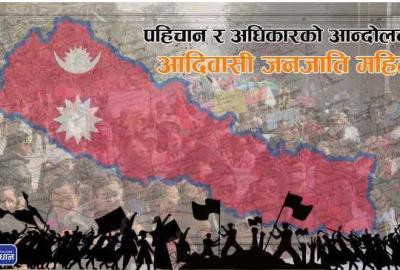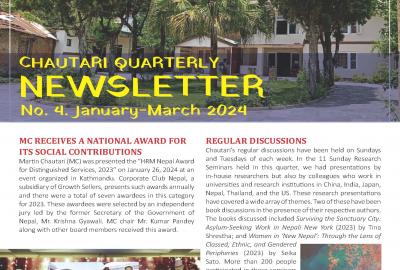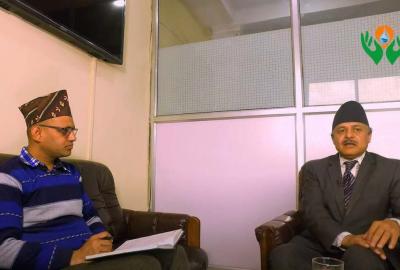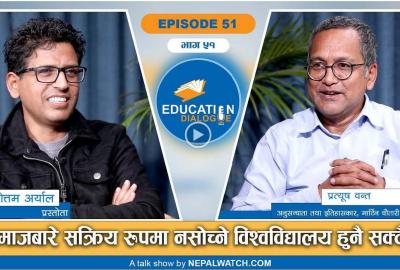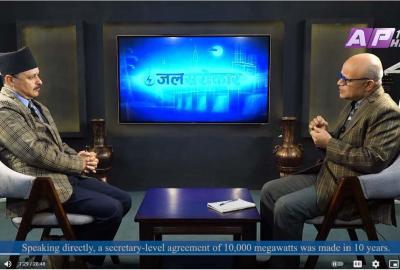A variety of institutions that work on a number of different research themes should be supported.

In my last column (April 28), I suggested that we need a state-funded social science research council in Nepal (SSRC-Nepal) that is functionally autonomous of political-bureaucratic interference. I also stated my preference for UK-style research councils, funded by the state but not considered to be government departments. How might such a body be governed in our case? What kinds of entities should it support? And what should be the volume of such support? Here, I provide skeletal answers as food for thought.
Governance structure
Entities that promote academic research need to be autonomous for a number of reasons. First of all, as has been pointed out by hundreds of commentators before me, such autonomy from the government is needed for researchers to be able to evaluate its performances without fearing consequences. Second, and more importantly, the autonomy of such institutions should be valued because their work of facilitating the pursuit of knowledge should be free to the extent possible of the procedure-driven logic of the civil bureaucracy. Only then will academics have the room to cultivate their work of inquiry as deemed appropriate by them. Such practices are important social resources for the generation of collective understandings of all societies, but particularly those that are experiencing rapid social changes, as is the case in our country.
As we all know, in post-Panchayat Nepal, political parties of all ideological colours have used publicly funded institutions for patronage dispensation under the logic of bhagbanda. Hence, there is no reason to believe that the case of SSRC-Nepal will be any different unless a preventive scenario is built into its seeds. What should be done then?
SSRC’s governing board ought to be a body controlled by Nepali social scientists who owe nothing of their public persona to the political parties. These should be people with impressive research and publication track records. It should not be that difficult to create a small nucleus of such individuals who are then given the initial responsibility to enlarge their college of fellows to a pre-agreed number. The larger body can then frame the policies and regulations to run the institution in the long run, ensuring its autonomy all the same. These fellows should be assisted in this process by a small secretariat. In other words, we should create SSRC-Nepal as a Nepali version of a UK-style “non departmental public body.” Creating such an entity legally would require a sharp departure from our traditional practice, but it surely is possible if we have the resolve as a society.
Entities to support
What kinds of entities should SSRC-Nepal support? Should it support individual researchers or just research institutions? The answer to this question depends upon one’s understanding of what ought to happen via SSRC-Nepal to bolster the research scene in the country.
In my view, for the most part, SSRC-Nepal should not be handing out research money to individuals. Why? First, there are other mechanisms through which individuals can get research funds. Students and faculty members in Nepali universities are already served by funding programmes implemented by their respective universities and entities such as the University Grants Commission (UGC). These existing schemes should be enhanced, financially and procedurally, to provide better financial support for both research students and faculty.
Second, funding support for institutions should be the near-exclusive focus of SSRC-Nepal because such programmes do not currently exist in the country (except for UGC supported schemes for university departments). There could be at least three categories of applicants for such funds: Departments and research centres in universities; independent academic NGOs; and archives that support social science research. Among these, university departments and research centres cover staff salary with grants received from their mother institutions, but they do need some additional money for certain types of research. Independent academic NGOs and archives need such funding support desperately.
Finally, such a scheme of supporting institutions instead of individuals would be easier to manage. It would also potentially promote a plurality of research institutions in our landscape, a phenomenon whose importance cannot be exaggerated in a loktantrik polity. To be sure, a variety of institutions that work on different research themes should be supported. In supporting institutions instead of individuals, SSRC-Nepal would have a different modus operandi compared to its counterparts in the UK. Such a scheme of institutional support exists in the Indian Council for Social Science Research (established 1969), which annually provides funds to two dozen research institutions in different parts of India while also running other schemes that support individual researchers.
Support size
If Nepali research institutions should be the grantees of SSRC-Nepal, what should be the size of the grants made available to them? A definitive answer to this question will depend upon its annual budget and the depth of its commitment to promote institutional plurality in the Nepali research landscape. For analytic purposes, let us assume the grant is Rs2.5 million per institution. This amount can mean a lot for small archives doing focused work. Such a scheme should exist since research in many social science disciplines depends upon such archives being functionally present in our landscape. This amount would also be useful to research start-ups. However, Rs2.5 million does not go very far in running full-fledged research institutions these days. It covers the salary of a few middle level researchers, but little will be left for institutional overheads (for example, rent or administrative support). Even Rs5 million is inadequate to run a decent-sized research outfit with some senior researchers, some middle-level researchers and a few new ones. Hence I suggest that established full-fledged research institutions should get block grants of Rs10 million or more.
Alternatively, the grant size can be fine-tuned to reflect the differences between institutions with a good track record (so the grant is more of a maintenance type) versus those starting anew (so the grant is more of an encouragement type). In addition to annual support, these and other institutions should also be able to apply to theme-specific calls that vary in their focus from year to year.
In recent years, I and many other colleagues have repeatedly highlighted the need for the establishment of such a research council in Nepal. Hence, there is nothing original in what I have written here. The justification for this repeat column is simply that such a body is still required but has not been realised yet.
Members of the generation of Nepali social scientists that first called for the establishment of such a research funding council 50 years ago have either retired or passed away. Will social science researchers from my generation also meet the same fate without seeing a SSRC-Nepal in action?
Published at : May 11, 2023
Source: https://kathmandupost.com/columns/2023/05/11/nepali-social-science-research-council
